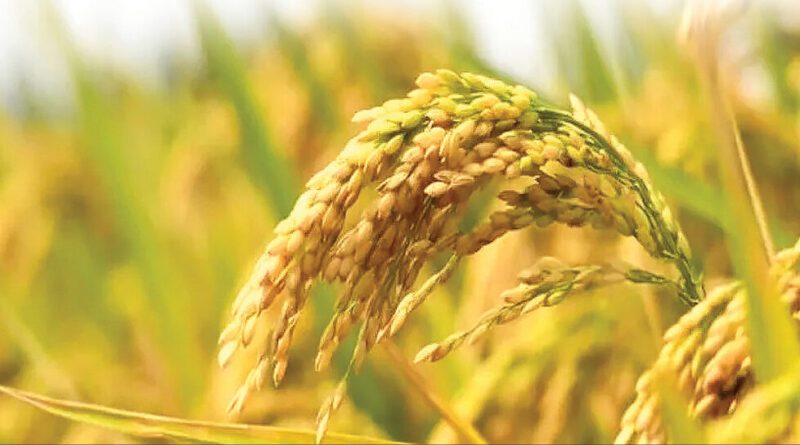Study links climate change to rising arsenic levels in rice, increasing health risks
By Susan Chacko
Warmer temperatures and higher carbon dioxide levels could increase arsenic concentrations in rice, according to a new study published in Lancet Planetary Health on April 16, 2025.
When CO₂ levels and temperatures rise beyond 2°C, they work together to raise inorganic arsenic levels in rice grains. This effect may stem from shifts in soil chemistry that promote arsenic absorption. The study warns that eating rice under these conditions could heighten exposure to inorganic arsenic, raising lifetime cancer and health risks across multiple Asian nations by 2050.
In one of the first field-based studies of its kind, researchers from China and the US, led by Dongming Wang of the Chinese Academy of Sciences, discovered that combined increases in temperature and CO₂ drove up arsenic levels in rice paddies.
Using Free-Air CO₂ Enrichment (FACE) technology, the team analysed 28 rice varieties over a decade alongside advanced modeling. They projected inorganic arsenic intake and related health risks for seven Asian countries: Bangladesh, China, India, Indonesia, Myanmar, the Philippines and Vietnam.
The study estimated daily inorganic arsenic consumption and associated cancer risks for 2050 by analysing four climate scenarios. Each model accounted for population size, rice consumption and flood-irrigated farmland in these regions.
Also read: Rice exports hit record $ 12 billion
Findings suggested a surge in lifetime cancer cases, especially lung and bladder cancers. China is expected to face the highest impact, with roughly 13.4 million additional cancer cases tied to arsenic in rice.
Lewis Ziska of Columbia University’s Mailman School of Public Health, a co-author, noted that since rice is a global staple, these changes could significantly increase cancer, cardiovascular diseases and other arsenic-linked health problems worldwide.
Ziska explained that climate-driven soil changes likely enhance arsenic absorption by rice plants. Rice thrives in flooded fields, which suppress weeds but also allow the crop to absorb arsenic present in water.
The study highlights major concerns for global food safety. With rice being a dietary cornerstone for billions, rising arsenic levels may lead to widespread health crises. Researchers hope these findings will spur climate-adaptation strategies to make rice safer for consumption.
The study has important implications for rice cultivation and consumption. As a staple food in many countries around the world, increased arsenic accumulation could translate into a substantial increase in the global burden of cancer, cardiovascular disease and other adverse health outcomes related to arsenic exposure.
The researchers expressed hope that the research would pave the way for identification of interventions aimed at climate adaptation to improve the safety of rice as a dietary staple.
This article has been republished from The Down To Earth Magazine.

